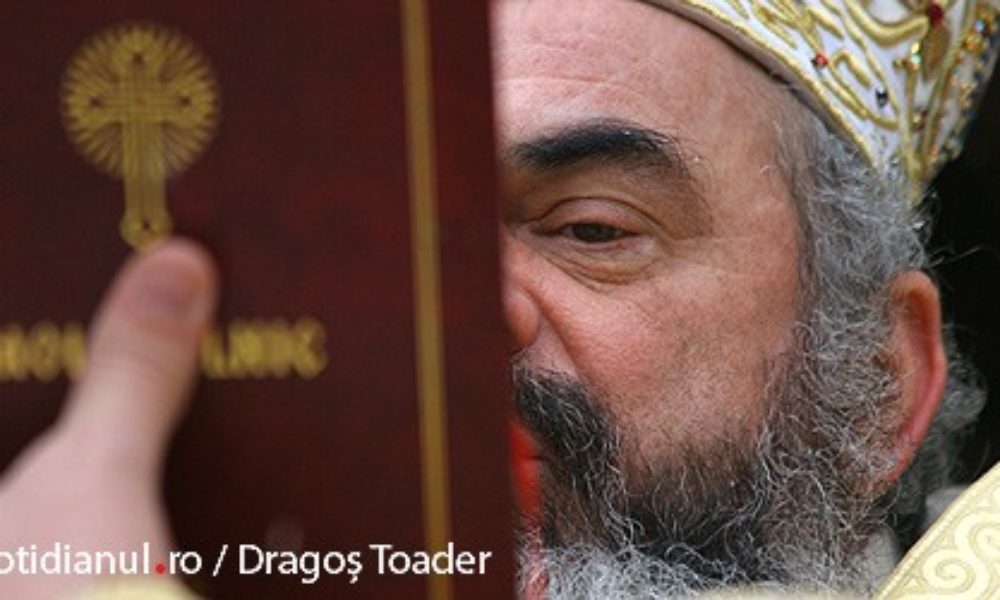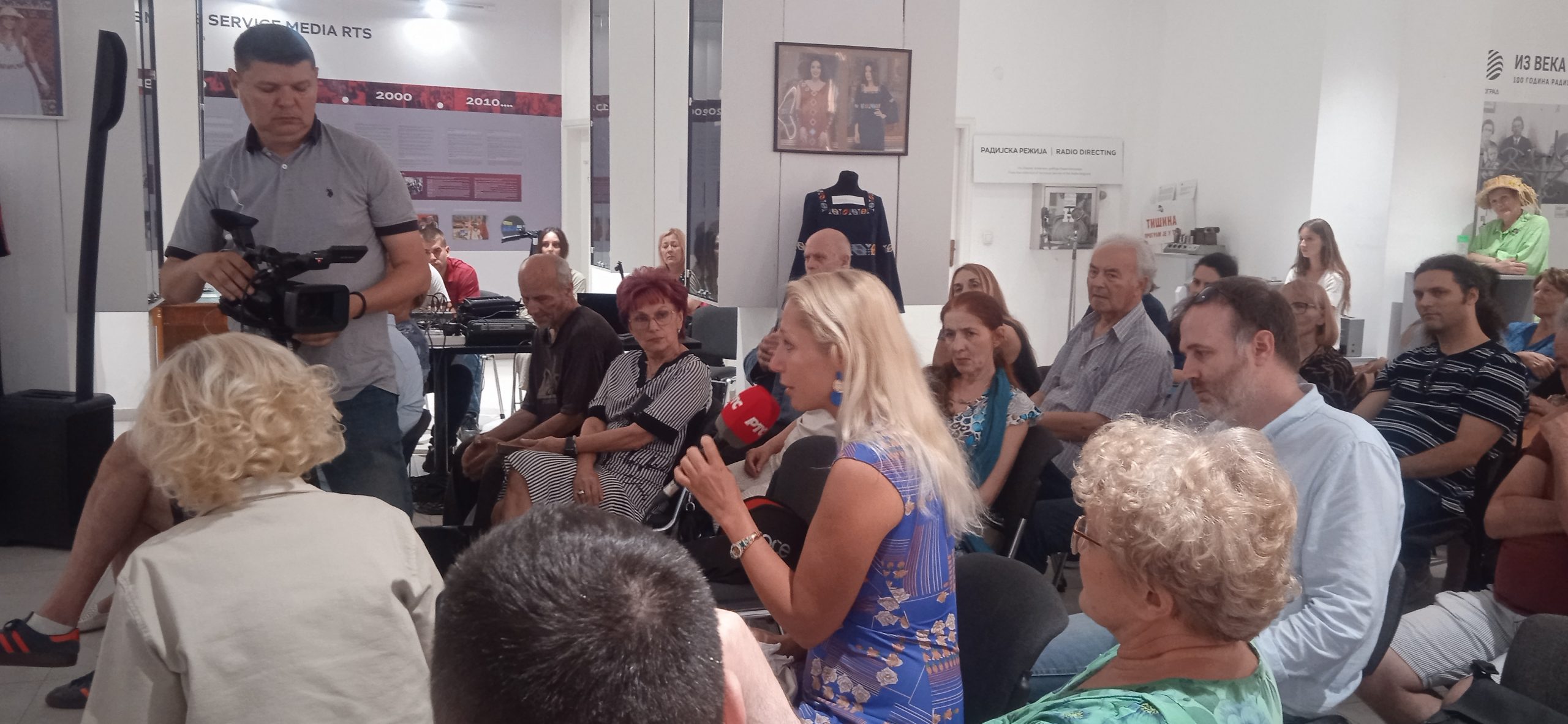CJ requests the reclassification of the Dacian and Roman Civilization Museum Deva

The Hunedoara County Council (CJ) asks the National Commission of Museums and Collections to the Museum of Dacian and Roman Civilization (MCDR) Deva at the status of national interest.
The documentation necessary for this approach, from the transition from the status of regional museum to the one of museum of national interest, was signed, on Monday, by the president of CJ Hunedoara, Laurențiu Nistor, who appreciates that the cultural institution deserves the new status through the valuable collections it has, some with over 150 years.
‘The Dacian and Roman Civilization Museum in Deva deserves this recognition due to the valuable collections it hosts, the research activity appreciated internally and internationally, as well as the coordination of permanent sections and exhibitions, including Brad, Orăștie, Aurel Vlaicu and Sarmizegetusa, near Ulpia Traiana. The museum fulfills all the criteria necessary to be recognized as an institution of national interest and I hope that the approach initiated by the Hunedoara County Council, based on the documentation elaborated by specialists, will be approved, « said CJ Hunedoara, Laurențiu Nistor.
In Romania, museums of national interest keep collections of exceptional value for the national cultural heritage and carry out research and promotion activities with a significant impact at national and international level.
Obtaining the status of a museum of national interest would allow MCDR to benefit from greater visibility, access to additional financial resources and increased collaboration opportunities with other prestigious institutions, say the county authorities.
Founded at the end of the 19th century, MCDR Deva is one of the oldest institutions in the country. The museum operates in the Magna Curia building (Bethlen Castle), located at the foot of Deva Fortress, and has an essential role in the preservation and promotion of regional and national cultural heritage.
Last year, MCDR Deva and its sections received over 57,300 visitors, most of whom were at Ulpia Traiana Sarmizegetusa (39,000 people) and at the Deva headquarters (15,500 visitors), according to the data of the General Directorate of Administration Monuments and Tourist Promotion Hunedoara.







